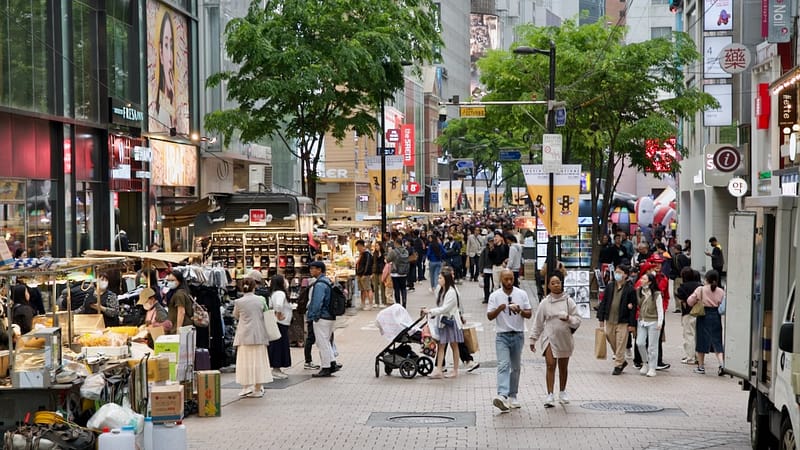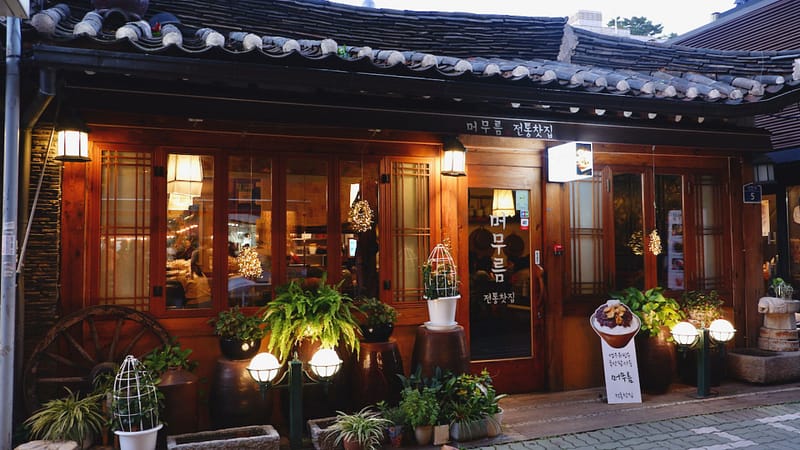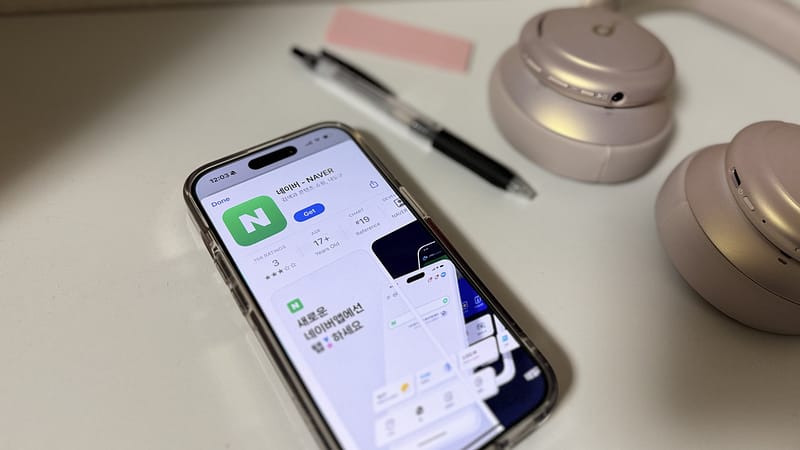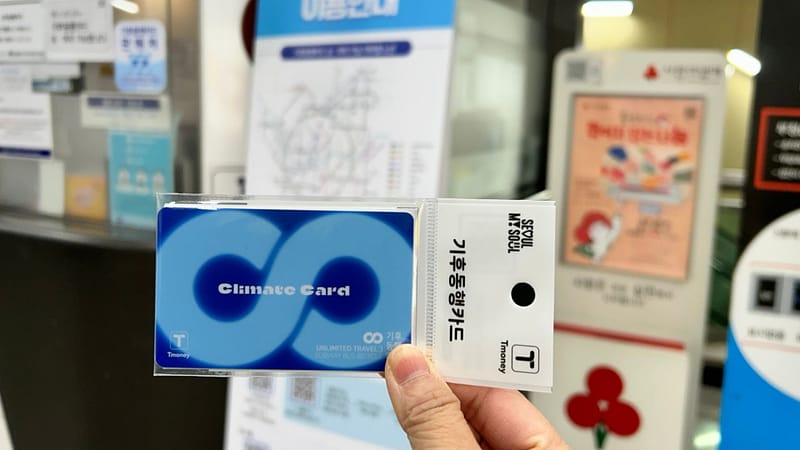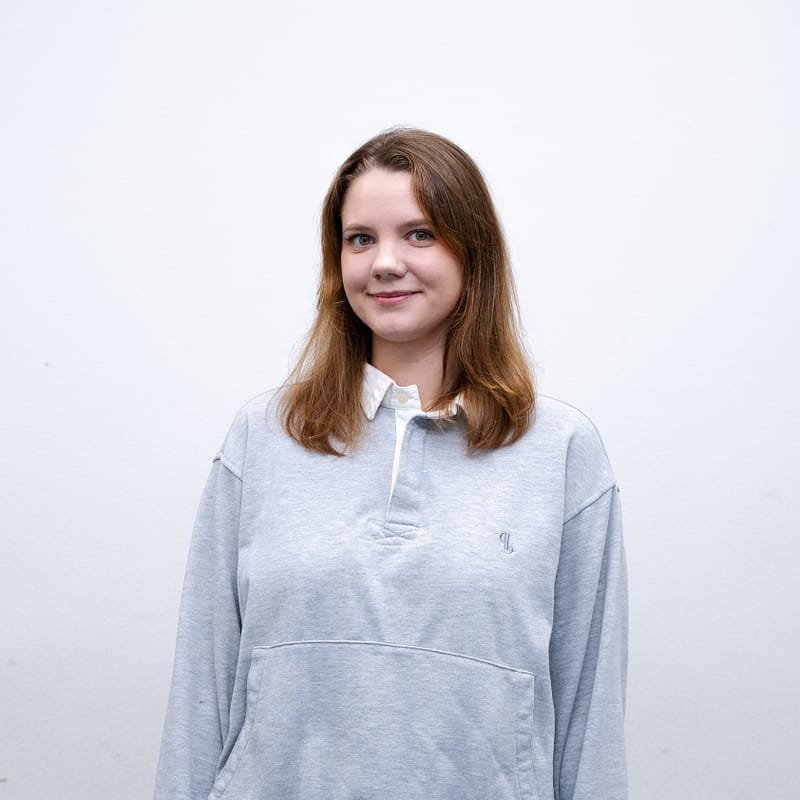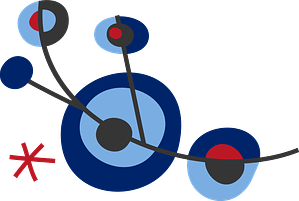Due to the strict immigration regulations and the complexity of the application process, we regret that we cannot assist students of your nationality as we do not have familiarity with the process for people from your country.
If you do have dual citizenship and hold another passport, please enter those details and try again. We thank you for your interest in our business and wish you luck in finding a way to come to Korea. If you are interested in learning Korean online, please check our other service here: https://koreanonline.gogohanguk.com/.

